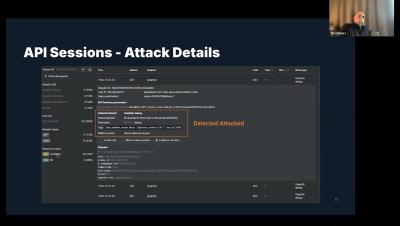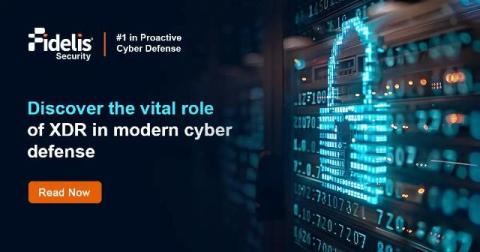How to shield your attack surface from SSL misconfigurations
When we carry out an assessment of an organization’s attack surface, it’s often SSL (Secure Sockets Layer) misconfigurations (and other encryption-related issues) that get the worst average scores. Research has estimated that 95% of applications have some kind of misconfiguration or vulnerability. These issues are often overlooked, but they shouldn’t be – their visibility to attackers make them an attack route that’s likely to be exploited.











